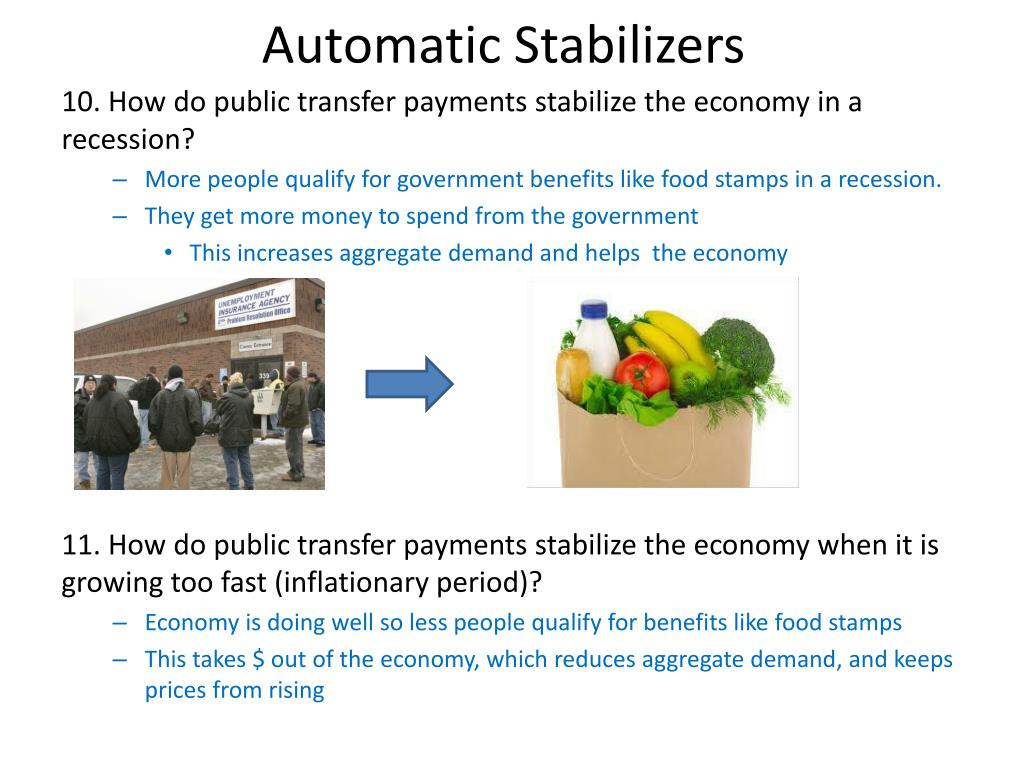

Thus, when the effect of fiscal policy on the level of GDP gets smaller over time-as it does from the second quarter of 2021 on-fiscal policy is lowering GDP growth, and the FIM is negative. Of course, if Congress enacts new legislation-like the infrastructure or Build Back Better bills-that will boost actual GDP and the estimated effect of fiscal policy.Īs noted above, the FIM estimates fiscal policy’s contribution to GDP growth rather than its level. Assuming no additional legislation, we estimate that the real GDP will converge to its counterfactual level by early 2023. As the money flowing from pandemic legislation slows and the economy recovers, reducing the automatic stabilizers, the boost to GDP from fiscal policy lessens. The chart shows, for example, the huge fiscal response in the spring of 2020 (which we estimate increased the level of real GDP by $607 billion in the second quarter of 2020, and about $900 billion in both the third and fourth quarters), and the big increase in the first quarter of 2021 representing the effects of legislation enacted in December 2020 and January 2021. The distance between the two lines represents the effect of fiscal policy changes on economic activity. Unlike the FIM, which includes only direct effects of fiscal policy, this analysis also includes multipliers. Our projections of future fiscal policy make the same assumptions about spending responses to fiscal policy as those underlying the FIM.

For this counterfactual, we assume that government purchases, taxes, and transfers all would have increased at the rate of potential GDP from the first quarter of 2020 on in reality, purchases and transfers far exceeded this counterfactual fiscal policy. The bottom (blue) line is a counterfactual that provides our estimate of the path GDP would have taken if not for the substantial fiscal stimulus. The top (orange) line represents actual GDP-using the latest Congressional Budget Office projections of GDP from the third quarter of 2021 on. In the chart below, we show actual and projected GDP versus what GDP might have been had fiscal policy failed to respond to the pandemic’s shock to the economy. How has pandemic-era fiscal policy affected the level of GDP? In other words, total output has been, and will be for some time, higher than it would have been without fiscal policy. While waning spending from pandemic-related fiscal policy is currently reducing the growth rate of GDP, as seen in a negative reading of the FIM, fiscal policy is still boosting the level of GDP. In this post, we illustrate how fiscal policy has impacted the level of GDP over the course of the pandemic. The FIM measures the direct impact of fiscal policy on the growth rate of GDP, but not on the level. The Hutchins Center Fiscal Impact Measure (FIM)-which measures how much federal, state, and local tax and spending policy adds to or subtracts from overall economic growth-shows that fiscal policy has boosted economic growth on average since the start of the pandemic, but will restrain growth going forward as the effects of the stimulus wane. Research Analyst - The Hutchins Center on Fiscal and Monetary Policyįiscal policy, including both automatic stabilizers and pandemic-related tax and spending legislation, played a significant role in cushioning the blows to the economy of COVID-19 in 20.


 0 kommentar(er)
0 kommentar(er)
